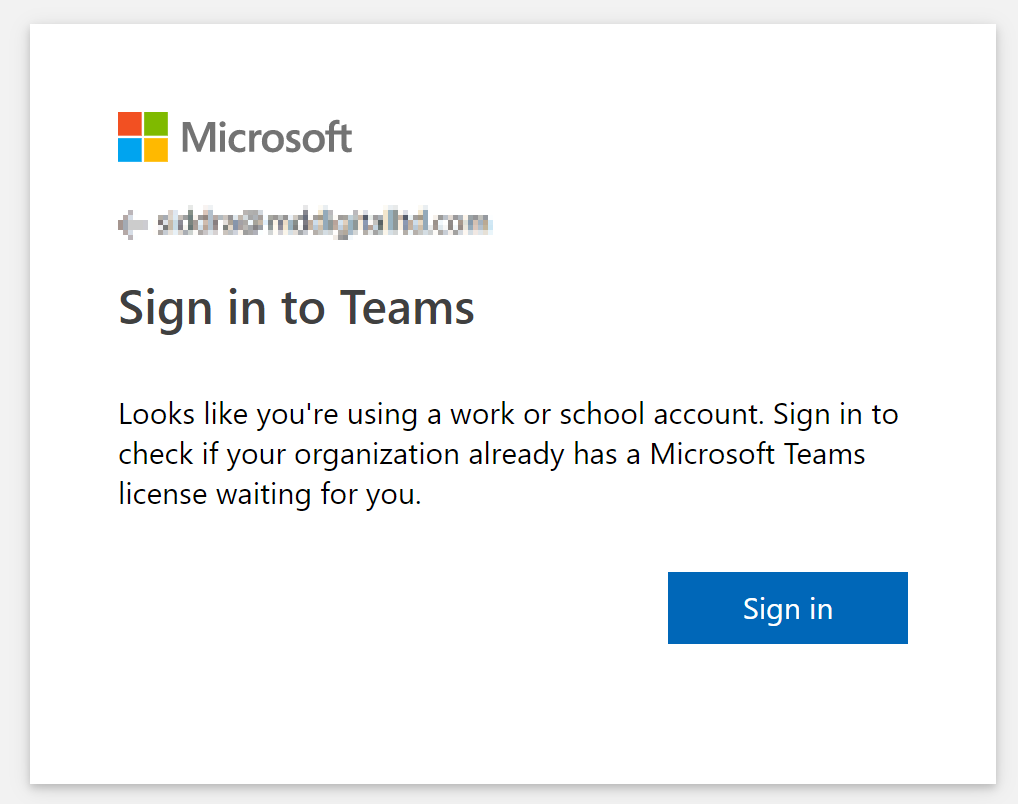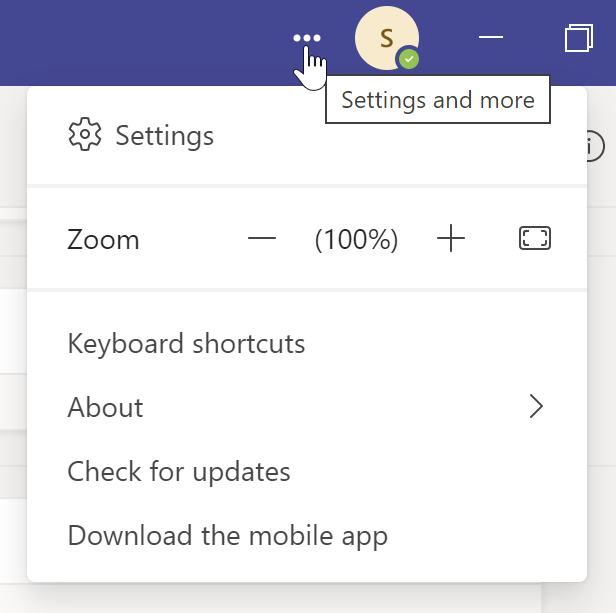Microsoft Teams is one of the most popular online collaboration tools these days. It’s becoming more popular for both personal and professional purposes. As their items are used more frequently, they are required to maintain them in excellent operating order. However, it’s not without its issues, more specifically a password-related issue that prevents users from logging into their account and prompting a password every time during the login process. In this blog, we will be looking at solutions to help users resolve Microsoft Teams keeps asking for passwords and find possible solutions to help prevent the error from occurring again. We will also address some of the issues that can cause Microsoft Teams to keep asking for passwords so users are more aware of what they are dealing with and what approaches they need to take to resolve Microsoft Teams keeps asking for passwords. Follow the step-by-step process below to see how you can resolve Microsoft Teams keeps asking for passwords.
Step by step process – Microsoft Teams keeps asking for password: How to fix
- Sign into Microsoft Teams.
- Click on “Settings and version” (illustrated by three horizontal dots).
- Click “Check for updates” on the same menu.
- Wait for the banner at the top of the app to say that Teams need to be “refreshed.”
- In the banner, click the refresh button.
- Wait for Teams to restart, then repeat step 1 to see whether the app has been updated.
- Get Microsoft Teams from just $4.00 per month with Microsoft Teams Essentials.
This will help you to prevent the password prompt multiple times in Teams. When the software is not updated there is a security restraint that prevents accessing the account without a password on a trusted device. You will need to enter the password each time you want to log in as a security feature added by Microsoft. Once the account is updated the password security feature will be updated and you won’t need to keep adding your password each time you want to log in.


Teams update process to stop Teams from asking for password
After extensive internal testing and validation through our Technology Adoption Program, Teams desktop client upgrades are published every two weeks (TAP). On Tuesdays, there is typically an update. If a crucial update is necessary, Teams will deviate from the plan and deliver the update as soon as it is ready.
The desktop client keeps itself up to date. Teams look for updates behind the scenes every several hours, download them, and then wait until the machine is inactive before secretly installing them.
The Teams client auto-updates every two weeks as a contemporary internet service. Users are expected to stay on the most recent version of the desktop client since Teams is regulated by the Modern Lifecycle Policy. Users have the newest features, performance advancements, security, and service dependability thanks to auto-updates.
If the user’s current version is between one and three months old, and a new version is available, an in-app notice will be presented to detect when desktop clients are out of date. This in-app text invites users to update to the most recent version of Teams or, if required, to contact their IT administrator for assistance. Users using Teams desktop clients older than three months will see a blocking page with choices to update now, contact their IT administrator, or continue accessing Teams via the web.
Clear the Teams Cache data to stop Teams from asking for password
- Microsoft Teams must be completely closed and ensured that it is not still operating in the toolbar at the bottom right of Windows.
- In a File Window, go to “%appdata%/Microsoft/Teams”.
- Everything in the Cache folder should be selected.
- Open Teams and wait for the necessary files to download in the cache.
That’s it, cache data is a primary reason why this particular issue occurs, and with a password change the old password set on your account is not mitigated instantly, there is still a scripted copy of the old password left in the cache file which needs to be cleared out before you add in a new password and set it to your account. It is a similar issue with Microsoft 365 and the browser version, where the cache data on your browser prohibits access with a new password, clearing out the cache data will reset the login and allow for access with your new details.

Clear the Teams Cache to stop Teams from asking for password – On Mac OS
- Remove yourself from any Team-related activities.
- Go to “~/Library/Application Support/Microsoft.”
- Move the Teams folder to the trash by right-clicking it and selecting Move to Trash.
- Select Keychain Access from the drop-down menu.
- Find and remove the item for “Microsoft Teams.”
- Open Teams and wait for the necessary files to download.
A corrupted password can be a possible issue
This one is for a very specific type of issue. This repair is for you if your Microsoft Teams crashes seconds after you try to launch it and there’s no system tray icon or process running for Microsoft Teams in Task Manager.
The Microsoft Teams icon will display in the system tray between the times you launch Microsoft Teams and it crashes. You’ll have to be quick since it’ll be brief. It may take a few tries to catch that pest, but you’ll have to keep trying until you succeed since there is no other option. With Microsoft Teams, it’s like playing a game!
Most likely, the problem is a corrupted cached password. It might happen for a number of reasons, the most prevalent of which is that you changed your Microsoft Teams password while using the desktop client. It won’t usually result in a problem, but it might occasionally result in a corrupt file that causes the system to crash.
So, right-click the Microsoft Teams icon in your system tray and select “Sign Out” from the menu. If you successfully hit the Sign Out button before Microsoft Teams crashes, it will load properly and you will be able to sign in the next time you access it.

In depth – Step by step process – Microsoft Teams keeps asking for password: How to fix
- Sign into Microsoft Teams.

- Click on “Settings and version” (illustrated by three horizontal dots).

- Click “Check for updates” on menu.

- Wait for the banner at the top of the app to say that Teams need to be “refreshed.”
- In the banner, click the refresh button.
- Wait for Teams to restart, then repeat step 1 to see whether the app has been updated.

That’s it for this Blog thank you for taking time out to read our content, please feel free to email our team about how it went if you followed the steps or if you need more help with the questions we answered in this Blog.



